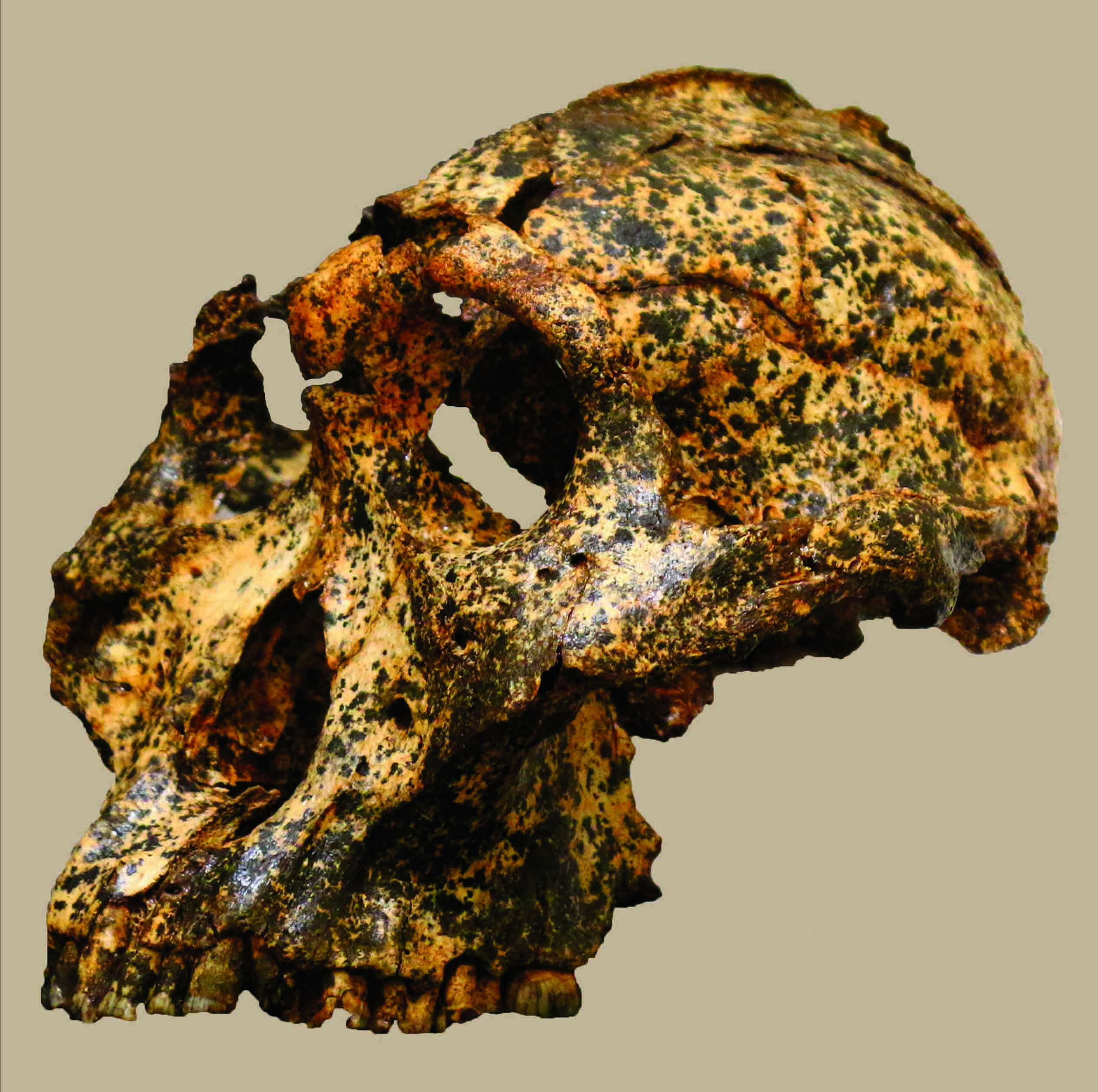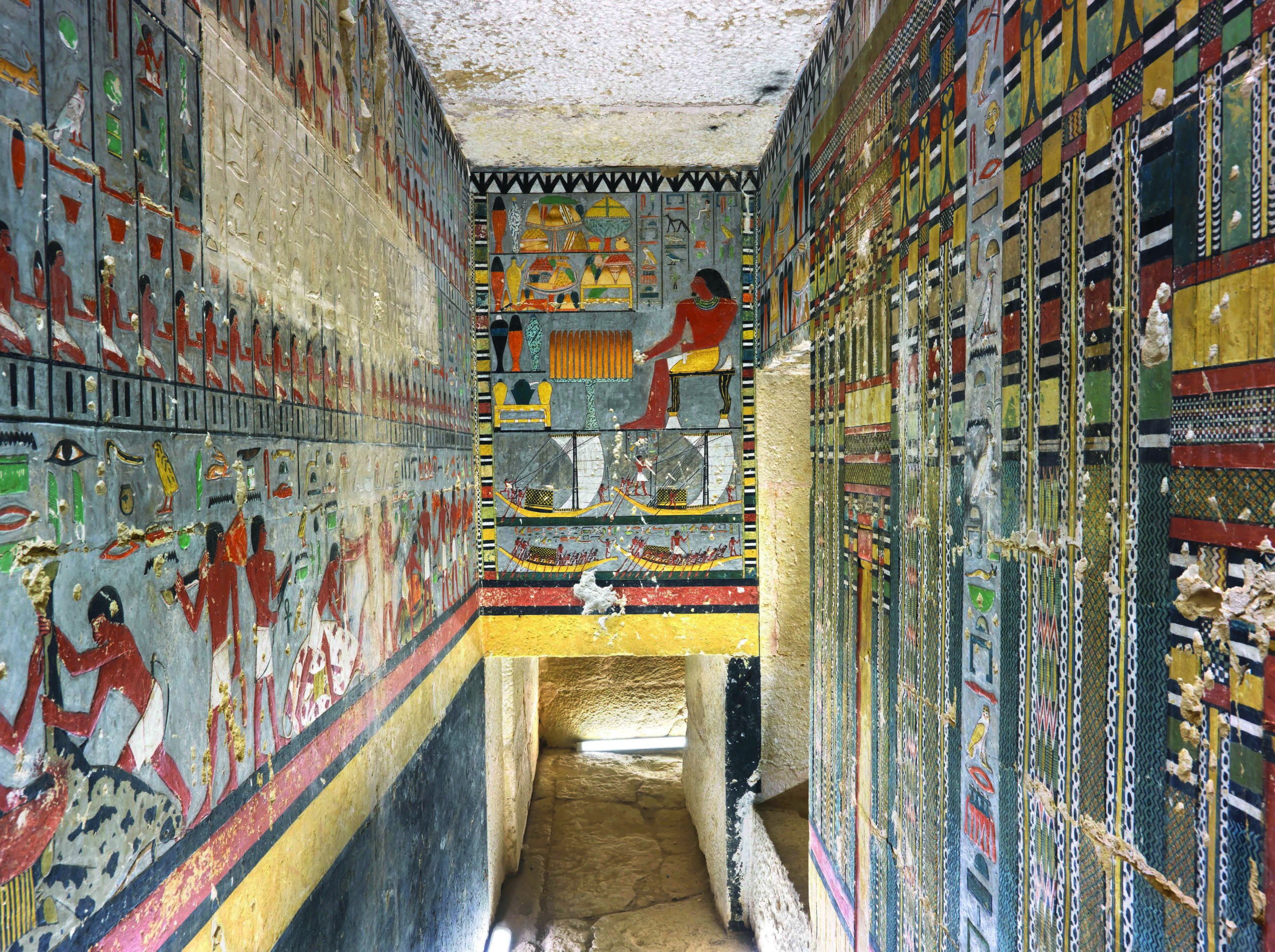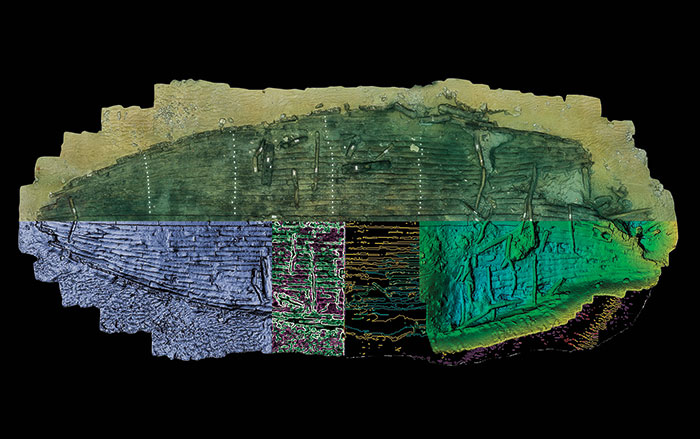
JOHANNESBURG, SOUTH AFRICA—According to a statement released by the University of the Witwatersrand, Amélie Beaudet and her colleagues examined high-resolution microcomputer tomography scans of a 3.67 million-year-old fossilized skull and first cervical vertebra recovered from South Africa’s Sterkfontein cave system. The bones are part of a nearly complete Australopithecus skeleton known as “Little Foot.” The study suggests that the hominin moved its head in a manner consistent with tree-climbing ability. The well-preserved fossils also offer information about the size of arteries that passed through the vertebra, and thus the amount of blood flow to the brain. Little Foot’s blood flow is estimated to resemble the blood flow observed in modern chimpanzees, or about three times lower than in modern humans. Beaudet said the low blood flow to the brain could reflect the individual’s small brain size, a poor-quality diet, or a need for energy in another part of the Australopithecus anatomy. Increased blood flow to the brain is thought to have emerged much later in human evolution, she added. To read about another Australopithecus cranium found in Ethiopia, go to "Artifact."










